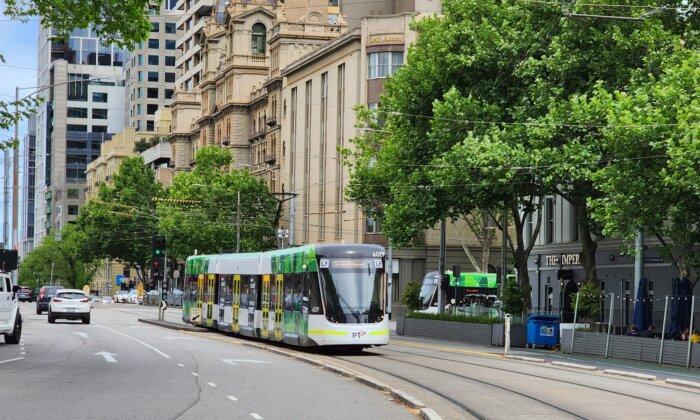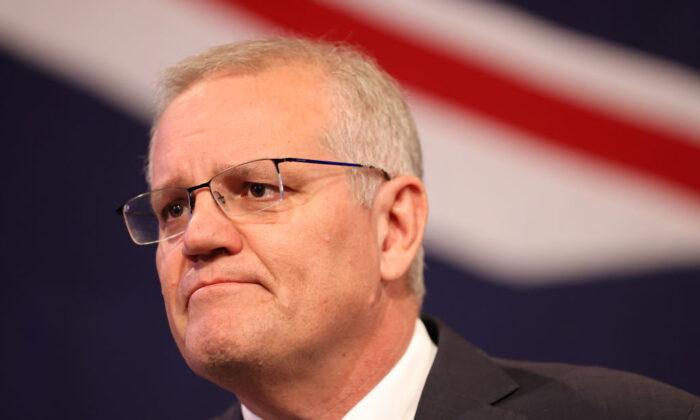The Western world is currently experiencing perhaps the most significant overhaul of the economic status quo in its history.
A new coalition of governments has emerged, hoping to ensure industries are “future-proof” and can operate in a sustainable fashion well into the 21st century.
Australia as a member of the G20 is very much on board with the Intergovernmental Panel on Climate Change’s commitment to achieving net zero emissions by the end of the decade while enacting a raft of policies to fulfil this commitment.
On March 30, a new proposal was granted validation by both houses of Parliament. As a result, the “safeguard mechanism” after weeks of negotiation between the Labor government and Australian Greens was finally passed.
Sentiment surrounding the mechanism has been somewhat polarised, but parties on both sides agree that the proposal will have significant consequences—positive and negative depending on who you ask.
Those that oppose the bill argue that the economic ramifications have not been analysed thoroughly and that its impact will exacerbate existing structural problems within the Australian economy, which is already struggling with problems like inflation, runaway energy prices, and worker shortages.
Vital Industries Could Be Whittled Away, Think Tank Warns
Deputy executive director of the Institute of Public Affairs (IPA), Daniel Wild, believes the mechanism will severely impact certain demographics already struggling to make ends meet.“The safeguard mechanism is just the latest frontier in a far-reaching agenda of the inner-city elites, the cost of whose policies are being pushed onto Australians in the regions and the outer suburbs,” he told The Epoch Times.
There is also the concern that the bill will impact Australia’s most vital industries.
“It will disproportionately affect regional Australia; about 80 percent of all the facilities that will be subject to the mechanism are based in regional communities. As a result, more jobs will be lost in parts of Australia that are already under siege by climate and energy policy,” he added.
Those facilities include regional manufacturing and agricultural sectors that comprise the country’s most energy-intensive industries, industries that are most sensitive to energy price changes.
“It’s going to be a tax on companies who don’t do what the government wants them to do. This is the reintroduction of a ‘carbon tax,’” Wild warned.
“In fact, it’s going to be much worse than the carbon tax that Gillard brought in because it’s going to be specifically targeted at sectors of our economy that are fundamental to our economic prosperity and national security.”
The mechanism does indeed act as a tax.
It effectively prices carbon emissions at $75 a tonne (US$50), over three times higher than that set by the former Gillard Labor government.
When a company finds itself unable to curtail its annual emissions by the 4.9 percent target set by Labor, it must purchase government-issued Australian Carbon Credit Units (ACCUs) to offset its remaining emissions.
This isn’t exactly taxation in the way that income tax is, but it is an indirect fee enforced on private enterprises.
Carbon Credits Are Actually An Incentive, Says Labor MP
Meanwhile, Labor MP Josh Burns believes the bill will enable closer collaboration between the government and the private sector.“This safeguard mechanism is the single biggest lever that any government has ever tried to pull in the history of our country in reducing our emissions,” he told Parliament.
“If a business or a facility is able to reduce its emissions by more than five percent, the crediting system will allow it to sell its legitimate emissions reduction efforts.
“It’s a way of saying to a business, ‘If you go beyond the emissions reductions that are required as per the safeguard mechanism scheme, you can be incentivised for that.’”
Burns said the mechanism was “absolutely essential” for Australia to reach its 43 percent emissions reduction target by 2030.
“At every single opportunity to make a difference and progress climate action and climate policy in this place, we take a step forward, and this safeguard mechanism scheme is an almighty step forward.”
With the bill only recently passed through Parliament, the public has yet to see whether it will achieve the climate-related aims the Albanese government says it will or have bleak economic ramifications.





